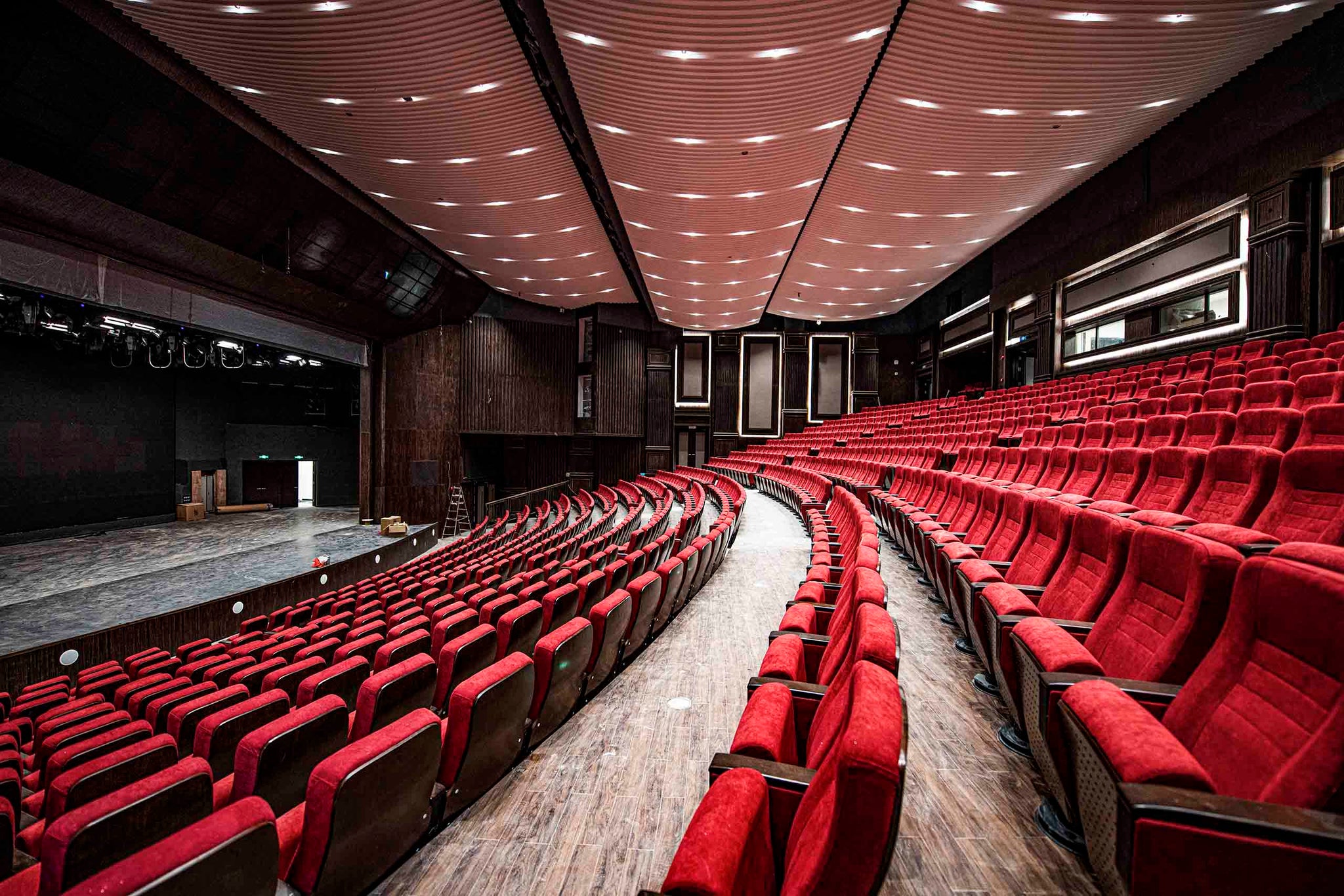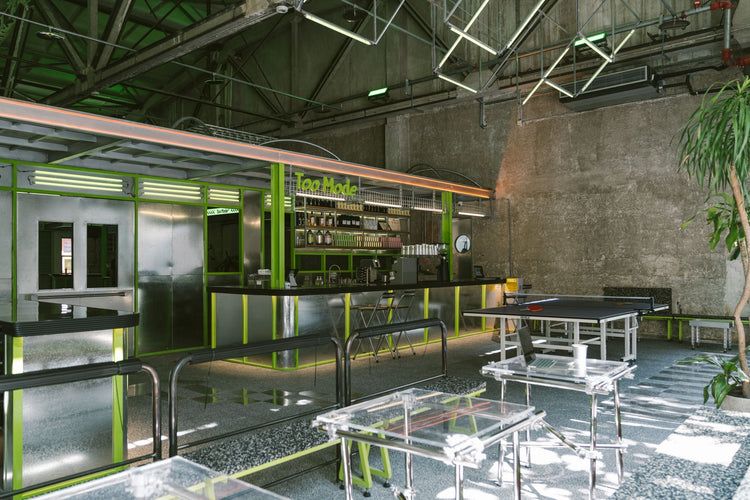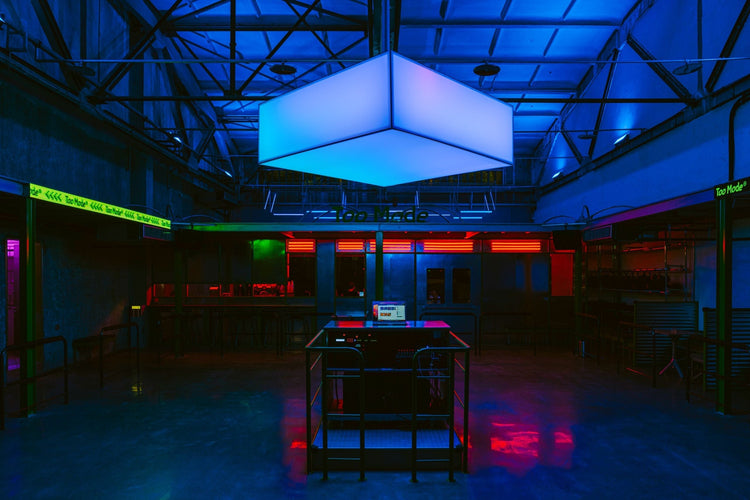Lighting design is a critical element in home renovation, shaping both ambiance and functionality.
Yet, with so many fixture types available, confusion often arises—particularly between downlights and spotlights, which can look strikingly similar at first glance.
To simplify your decision-making, we’ll break down their key differences in design, lighting effects, ideal applications, and installation requirements.
Appearance and Design: Deceptively Similar, but Worlds Apart in Detail
1. Downlights
Downlights typically feature an embedded design, seamlessly integrating into the ceiling. The fixture is recessed, leaving only the trim or lens visible, resulting in a sleek, minimalist look that blends effortlessly with the surrounding architecture.
These lights emit light directly downward with a broad beam angle—usually ranging from 60° to 120°. This wide diffusion creates soft, even illumination across the space, making downlights ideal for general ambient lighting.
2. Spotlights
Spotlights come in multiple configurations: embedded, track-mounted, or surface-mounted. Their defining feature is adjustable lamp heads, often allowing for 30° to 45° of rotation. This flexibility enables precise aiming, making them highly adaptable to various lighting needs.
In contrast to downlights, spotlights have a narrow beam angle, typically between 10° and 45°. The concentrated light output functions like a spotlight on a stage, casting intense, focused illumination on specific objects, artwork, or architectural details.
Light Effect Comparison: Ambience vs. Functionality
Downlights: The Versatile Foundation for General Illumination
Downlights offer soft, diffused illumination that bathes an entire room in even light, making them the go-to choice for ambient lighting. Ideal for living rooms, hallways, and kitchens, they eliminate shadows and brighten dim corners, creating a well-lit, comfortable environment. Think of them as the "all-rounders" of lighting—reliable, consistent, and essential for everyday functionality.
Spotlights: The Artists of Accent Lighting
Spotlights are designed to draw attention and elevate the mood. Their intense, focused beams are perfect for highlighting specific elements like artwork, bookshelves, dining tables, or feature walls. By playing with contrasts between light and shadow, spotlights add depth, dimension, and a touch of drama to any space, transforming it into a showcase of style and sophistication.
Applicable Scenarios: Tailoring Your Choice to Your Needs
When Downlights Shine Brightest
- Low-Ceilinged Rooms: Downlights' wide, diffused illumination prevents a cramped or claustrophobic feel, making them ideal for spaces with limited vertical height.
- Even Illumination Zones: Perfect for entryways, kitchen worktops, and bathrooms, where consistent, shadow-free lighting is essential for safety and functionality.
- Minimalist Interiors: Their sleek, recessed design seamlessly blends into the ceiling, complementing modern, clean - lined decor styles.
When Spotlights Steal the Show
- Feature Emphasis: Ideal for highlighting art galleries, display cabinets, and bar counters, spotlights turn decorative elements into focal points.
- Commercial Settings: In clothing boutiques, cafes, and other retail spaces, spotlights draw customers' attention to products and create an inviting atmosphere.
- Theatrical Ambiance: For living room accent walls or any area where dynamic light - and - shadow contrasts are desired, spotlights add depth and a touch of drama.
Installation and Cost: Key Factors Shaping Your Decision
1. Installation Flexibility
- Downlights: These fixtures typically necessitate a drop ceiling for installation. Their recessed design requires sufficient clearance above the ceiling surface, making them a better fit for rooms with adequate vertical space. Without proper ceiling height, installation may be challenging or aesthetically compromised.
- Spotlights: Offering greater versatility, spotlights come in multiple installation types. Recessed spotlights follow a similar installation process as downlights, relying on drop ceilings. However, track-mounted spotlights can be effortlessly affixed directly to walls or ceilings, eliminating the need for a suspended structure. This makes them an excellent choice for spaces where a drop ceiling isn't feasible or desired.
2. Pricing and Energy Efficiency
- Downlights: Generally more budget-friendly, downlights are an economical option, especially when outfitting large areas. Their affordability combined with their ability to provide broad, ambient lighting makes them a popular choice for cost-conscious projects.
-
Spotlights: While spotlights often come with a higher upfront price tag, their design advantages pay off in the long run. Thanks to adjustable heads and concentrated beams, spotlights achieve 2 to 2.5 times the brightness of downlights. Despite their intensity, modern spotlights boast impressive energy efficiency ratings. This means that over extended periods, they consume less power per lumen, translating to lower energy bills and a more sustainable lighting solution.
Final Thoughts: Mastering the Art of Combining Downlights and Spotlights
Complementary Functionality
Think of downlights as the backbone of your lighting scheme, providing the essential ambient glow that evenly illuminates an entire space. Spotlights, on the other hand, act as the finishing touches, highlighting specific elements and adding depth and drama. By pairing these two fixtures, you can craft a lighting design that's not only highly functional but also visually captivating.
Tailored Applications
- Small Spaces: In compact rooms, downlights alone can often suffice, offering ample illumination without overcrowding the ceiling.
- Large Areas & Focal Points: For expansive homes or areas that demand a spotlight (pun intended), a combination of downlights and spotlights is key. For instance, in a living room, downlights can create a warm, inviting base layer, while spotlights can be strategically placed to showcase artwork, a statement wall, or a cherished piece of furniture.
Remember, lighting has the power to transform a house into a home. The right fixtures can elevate your space, enhancing its style, comfort, and functionality. We hope this guide has provided the clarity you need to curate the perfect lighting setup. If you have any further questions or need more personalized advice, feel free to drop a comment below—we’d love to chat!








